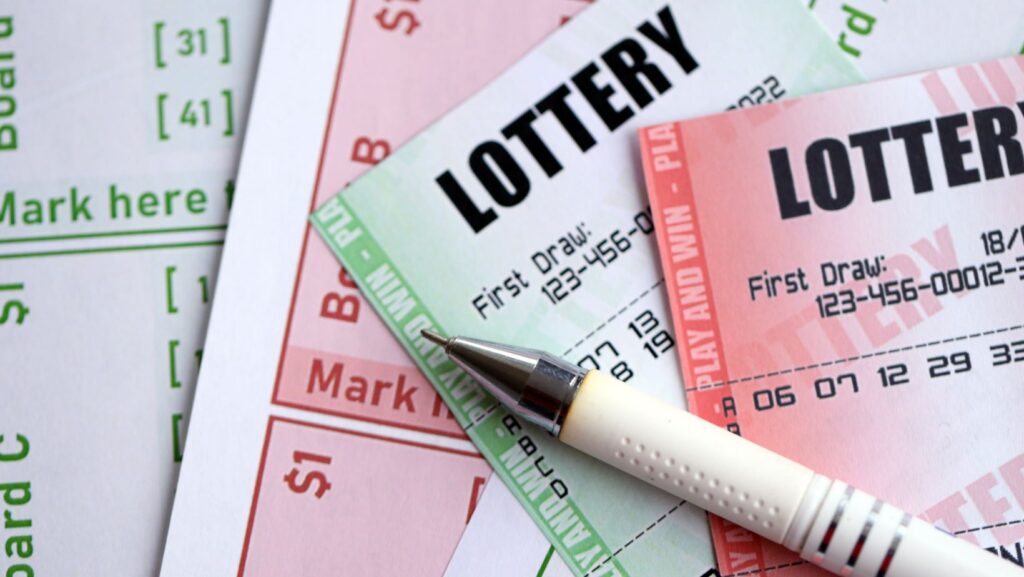What began as a simple weekly draw with players filling out paper slips at their local shop, the lottery has now become a more widely digitalised experience shaped by advancing technologies available to players each day.
The Move from Paper to Online
When the National Lottery first launched in 1994, queues often formed at corner shops as players rushed to buy tickets before the Saturday night deadline. The excitement built as results were read out live on television, and winners had to check their numbers by hand with a pen and a newspaper results sheet.
Those moments still hold nostalgic value, but the experience today is entirely different. Players can now buy tickets online or through mobile applications, often within seconds. The official National Lottery app allows users to select numbers, set up recurring entries, and receive automatic notifications if they win. There is no longer a need to keep physical tickets or worry about losing them, as everything is stored securely in digital form.
This convenience has been one of the biggest factors driving the lottery’s continued success in the digital age. It has opened access to a broader audience, including generations now who rarely use cash or visit physical retailers. This has inevitably resulted in the growth of lotto online.
Smarter Systems and Player Protection
Technology has not only changed how people play, but also how the lottery is run behind the scenes. Data analytics and intelligent monitoring systems help ensure fair play and promote responsible participation.
These systems track usage patterns and can identify signs that a player may be spending too much time or money. When unusual activity is detected, players might receive reminders to take breaks or information about setting limits. This type of proactive monitoring was not possible in the days of paper tickets.
Digital identity verification also plays an important role. Players must confirm their age and location when registering online, which helps prevent underage play and ensures compliance with UK gambling regulations.
The Shift to Cashless and Contactless Payments
The rise of digital wallets and contactless payments has been another major step forward. In the early days, every lottery ticket required cash. Now, users can top up online accounts via the National Lottery app, for example, or make quick purchases using Apple Pay, Google Pay, or debit cards.
Transparency Through Technology
One of the most significant improvements in recent years has been transparency. In the past, players relied on televised results and paper receipts for proof of entry or to claim any prizes if their numbers matched. Today, every transaction and result is recorded digitally. Players receive instant confirmations and can review their full ticket history within their account at any time.
Some systems even use digital timestamps to confirm exactly when and where a ticket was purchased. This transparency not only builds trust but also simplifies the process of claiming prizes, as records are stored automatically.
Security and the Role of Blockchain
Security has also become a top priority with so much activity taking place online. The National Lottery and other operators have invested heavily in encryption, two-factor authentication, and fraud detection systems. These types of measures are in place to ensure that accounts remain secure and that results cannot be manipulated.
Blockchain technology has also been explored as a potential safeguard for the future. It offers a way to record every ticket purchase and draw result in a tamper-proof digital ledger. Although it is not yet standard practice, many industry experts believe blockchain could play a larger role in ensuring fairness and transparency in the years ahead.
Interactive Draws and Instant Games
The digital shift has also changed the way draws are presented. Draws can be streamed live online and replayed on demand, allowing players to follow them whenever they choose, even though there are no traditional live TV broadcasts in modern lotteries.
Instant-win games, inspired by traditional scratchcards, have become particularly popular in digital form. These games offer immediate returns with simple interactive designs that work across phones, tablets, and computers.

Crucially, a portion of revenue from these digital games continues to fund good causes, just as it has since the National Lottery’s inception. Technology has made it easier to show where that money goes, with online updates in the form of articles and reports that highlight the impact of community funding projects across the UK.
Accessibility and Inclusivity
Digital technology has also helped make the lottery more accessible. Players who might struggle to visit a physical retailer, such as those with mobility issues or those living in remote areas, can participate from home due to the advancements in technology. Accessibility features built into modern apps, such as voice assistance and high-contrast interfaces, make it easier for people with visual impairments to play independently.
In alignment with those assisted features, the introduction of multi-language support on some platforms has further widened access. This leans towards the goal of remaining inclusive in an increasingly diverse society.
A Digital Future Built on Trust
The UK lottery’s digital transformation shows how tradition and technology can work together while maintaining public trust to keep pace with a changing world. What was once a paper-based pastime has evolved into a modern, data-driven system that prioritises convenience and responsibility.


